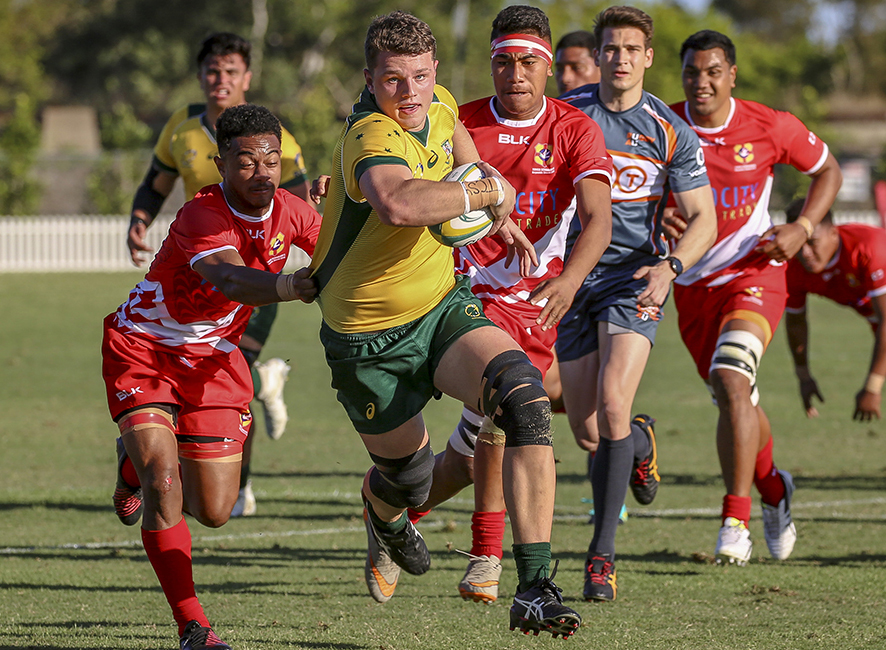ILL - FITTING POSITIONS
In the world of schoolboy rugby union, where burgeoning talent meets the thrill of competition, stories of players whose exceptional abilities transcend traditional roles are not uncommon. Having returned home last month to the UK and prepping for our season here, we had the chase to spend time in Sydney, managing to catch a couple of school GPS games. Whist being impressed with the school spirit, talent and ability on show by players such as Brial, Bartlett and Patterson from Scots, Langi, Fakafanua from Kings, and Warner from Shore that all caught our eye over this period, it was at Riverview’s last home game where we ran into Mick Byrne, spending some down time in Sydney, who was watching a couple of younger players has been working with. It was here that Byrne, a coach renowned for his international rugby expertise, spoke about players that have been placed in ill - fitting positions, an interesting topic of conversation for that afternoon. He was there observing players like Mason, Saunders, Hodge and Ball closely and was unequivocal in his assessment mentioning – Take a player like Saunders' he stands around 190cm, probably measures around 90kg, numbers that are not too far off professional players, but his potential is untapped, masked by his current position. Byrne's belief that Saunders' ability would truly flourish in a blindside flanker role and not at lock where he was playing that day. It's a testament to the importance of not just evaluating a player based on their current performance, but envisioning their potential impact with a different role that aligns more harmoniously with their skill set. This was on display when Mason ran 40m down the touchline, committed his defender and at the last split second and kicked over the top to setup the match winning try, signs of Dan Carter and his triple threat back in his day, not many players could pull this off at schoolboy level Byrne mentioned. This is just natural ability and skill set picked up over the years. In the case of Saunders, Byrne resonates with the idea that position alignment is not a rigid concept but an evolving strategy that takes into account a player's skill set, physique, and fitness on the rugby field. Nurturing talent means recognising when to pivot, allowing players to thrive in roles that best utilise their abilities. The contrast between his defensive skills and his current role as a lock underscores the need for precision in position allocation. The true essence of rugby lies in unleashing potential – a pursuit that thrives on adaptability, innovation, and a deep understanding of the game's fluid dynamics.

 reds.rugby
reds.rugby


